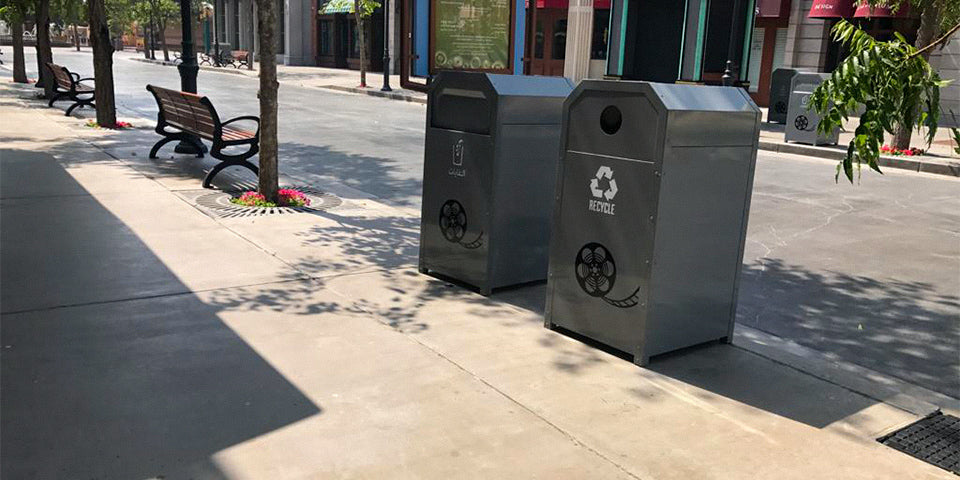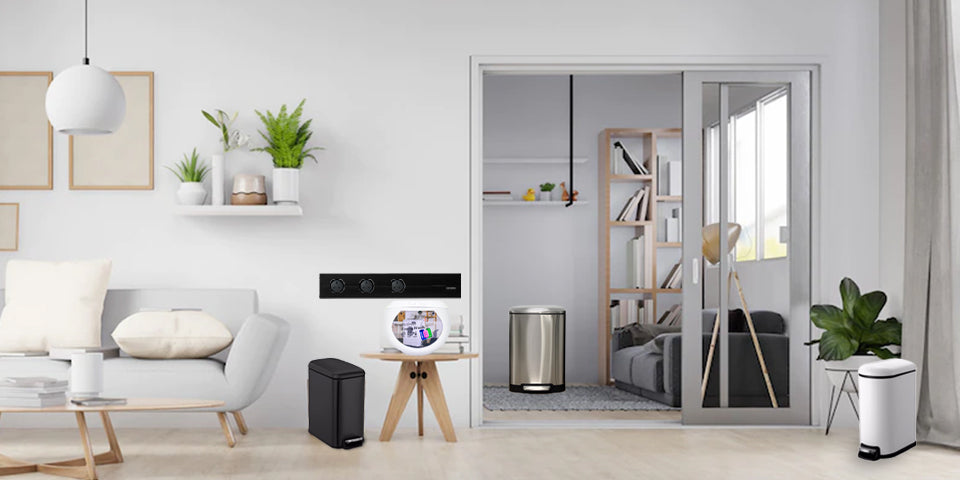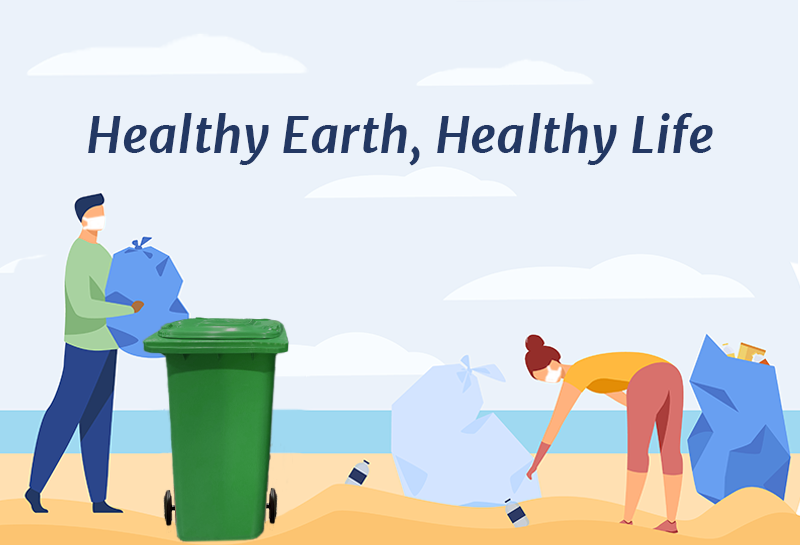With the coronavirus (COVID -19) still very much on everyone’s conversations at the moment, many businesses, municipalities and its stakeholders must be thinking about how they can better manage the disposal of bio hazard waste.
Often when we think about bio hazard waste, we would not be at fault to think about all the chemicals, blood, sharps and used medical equipment which could cause infection of others.
According to the NEA in Singapore, infectious waste, pathological waste, contaminated sharps and other contaminated waste from treatment areas are considered as bio hazardous waste which need special handling and disposal.
An article published by the BBC; using the COVID-19 pandemic as an example. “While no one would argue that safely disposing of hazardous used PPE is essential when it comes to infectious diseases like Covid-19, only 15% of healthcare waste is actually classed as “hazardous” “
What about the other type of waste (85%) generated that are associated within the medical fields? They are classified as medical waste. Some examples are gloves and face masked used during the treatment of non-related of non-infectious patients.
There is also the issue of single used plastics in packaging material used in the protection of contamination of medical equipment as well.
These are also areas where “wastage” can be looked to reduce. For example, using of gloves for non-infectious work, to the better management of pharmaceutical inventory. An over-order of the latter, will lead to them being disposed as hazardous waste as well.
Have there been many moments you realized that you always have an over-supply or excess medication when you visit the doctor? A report by Today Online in 2019, “According to a survey conducted this year at the National Cancer Centre Singapore (NCCS) on 175 patients and caregivers, the most common reason for unused medication in their households was that their health conditions had resolved. More than four in 10 respondents cited the reason, while 37 per cent of them said the medication had expired.”
Nominated Member of Parliament Irene Quay in her parliamentary speech said “Estimates by a local hospital show that the drug wastage cost detected during a pharmacist’s home visit was S$663 per patient.”
“Hypothetically speaking, if a pharmacist is given the resource to visit 10 patients a week over a one-year period to perform a full reconciliation, the total potential drug savings can amount to at least S$329,000, with S$176,000 and S$153,000 of savings in subsidies and out-of-pocket savings, respectively,”
Generally, medical waste (85%) is an area medical fields, professionals and everyone can look to reduce, which in turn helps reduce cost too. There is definitely a space that medical treatment can be sustainable whilst not compromising safety.
Here’s some quick ways you can help reduce medical waste at home and save cost too!
- Use of reusable mask instead of disposal surgical mask during these Covid19 times
- You may suggest from the doctor to reduce the dispensed medicine when you have excess from previous visits. (make sure you take pictures of the medication to confirm with your medical professional)
- Reusable containers for treatment where possible (make sure proper sanitation is done after)
- Washable nappies for children/adults instead of disposable ones.
https://www.nea.gov.sg/our-services/pollution-control/hazardous-waste/toxic-waste-control
https://www.bbc.com/future/article/20200813-the-hidden-harm-of-medical-plastic-waste-and-pollution By Hope Ngo 14/08/2020
https://www.todayonline.com/singapore/explainer-cost-wasted-drugs-and-why-it-matters - By Neo Chai Chin 17/03/2019






